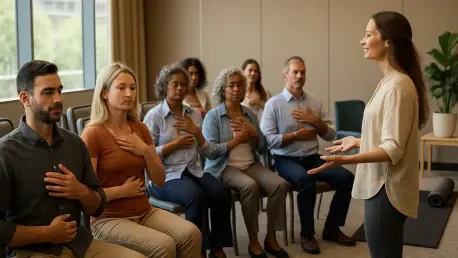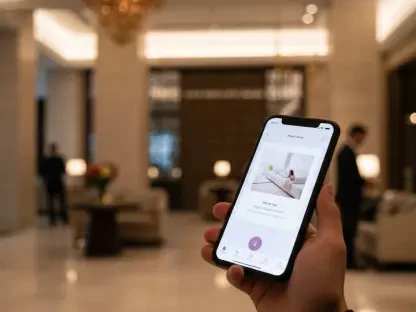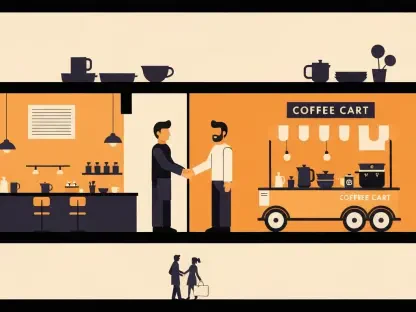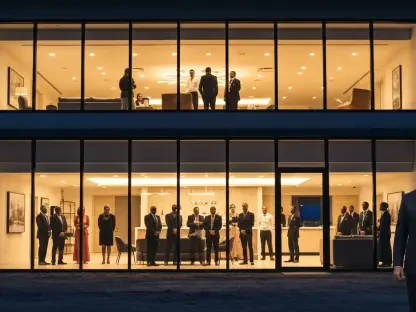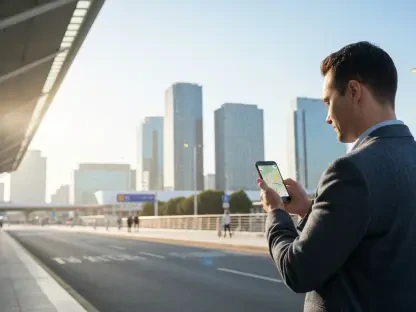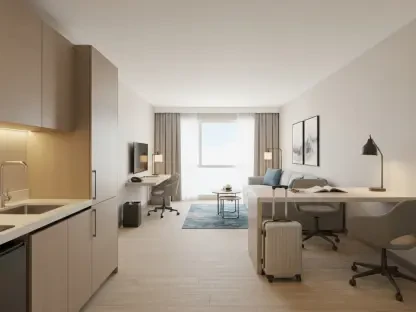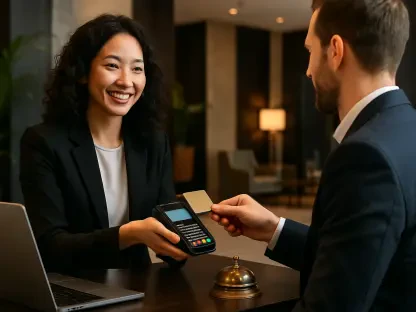As the conference industry undergoes a transformative shift, we’re thrilled to sit down with Katarina Railko, a renowned hospitality expert with deep roots in travel, tourism, and event planning. With her extensive experience in crafting memorable expos and conferences, Katarina has become a leading voice in reimagining how events can prioritize wellness and engagement. In this conversation, we explore the evolution of conference formats, the growing importance of mental health in event design, and innovative strategies like experiential activities, outdoor settings, and collaborative creativity that are reshaping the attendee experience.
What sparked the shift away from traditional conference formats, and why do you think the classic speaker-at-a-podium model is losing its edge?
I think the shift comes from a growing realization that people crave connection and interaction, not just information dumps. The old model—someone talking at you for hours while you sit passively—feels outdated in a world where attention is fragmented and engagement is everything. Especially with younger audiences like Gen Z, there’s an expectation for events to be dynamic and participatory. I’ve seen firsthand how attendees tune out when they’re just spectators. They want to feel involved, whether through discussions or hands-on activities, and that’s pushing us to rethink how we structure these gatherings.
How have you noticed audience expectations evolving, particularly among younger generations?
Younger attendees, especially Gen Z, are driving a lot of change. They’ve grown up in a digital, on-demand world, so they expect instant value and personalization. They’re not content to just listen; they want to contribute, share, and connect in real time. I’ve seen them prioritize events that align with their values—like sustainability or wellness—and they’re vocal about wanting experiences over lectures. They’re also more likely to share their feedback instantly on social media, which forces organizers to stay agile and responsive.
Why has wellness become such a central theme in modern conference planning?
Wellness is no longer a buzzword; it’s a necessity. People are more aware of mental health challenges, and events can be exhausting with long hours and information overload. Integrating wellness into conferences shows attendees that their well-being matters. It ties directly into broader movements, like World Mental Health Day, where the focus is on reducing stress and fostering connection. I’ve seen how prioritizing wellness can transform an event from a grind into a rejuvenating experience, making attendees more present and engaged.
What tangible benefits have you observed when wellness breaks are woven into conference agendas?
The benefits are striking. Wellness breaks—like short yoga sessions or even just guided breathing exercises—help combat fatigue and reset focus. I’ve noticed attendees return from these breaks with renewed energy, ready to absorb more content or dive into discussions. They also create a sense of camaraderie; people bond over shared moments of relaxation. Plus, these pauses often lead to better retention of information because attendees aren’t mentally drained. It’s a win-win for both organizers and participants.
Can you share your thoughts on experiential events and why they’re so effective at engaging attendees?
Experiential events are powerful because they turn passive listeners into active participants. When people share an experience—whether it’s a workshop, a team challenge, or even a cultural outing—they build connections that stick. I’ve seen interactive formats spark genuine conversations that wouldn’t happen in a lecture hall. They also tap into creativity and problem-solving, which makes the event feel more meaningful. It’s about creating memories, not just delivering content, and that’s what keeps people coming back.
How do unique settings, like hosting sessions by a swimming pool, alter the atmosphere of a conference?
Settings like a poolside completely flip the script. They strip away the stuffiness of a typical conference room and create a relaxed, authentic vibe. People let their guard down when they’re in an informal space, which leads to more open conversations. I’ve seen attendees in swim sessions or poolside chats laugh more, share personal stories, and network in a way that feels natural. Plus, the sensory elements—water, light, fresh air—can spark creativity in ways a sterile ballroom just can’t.
What impact does taking conference activities outdoors have on attendees’ energy and focus?
Moving outdoors is like hitting a reset button. Nature has this incredible ability to reduce stress and boost mental clarity—there’s solid research backing this up. I’ve organized forest bathing sessions and walking meetings in parks, and the difference is night and day. Attendees come back sharper, more energized, and often with fresh perspectives. The physical movement and fresh air break the monotony of sitting indoors, and I’ve heard participants say they feel more inspired to tackle big ideas after just a short time outside.
How do collaborative art projects contribute to wellness and connection during events?
Collaborative art is magic for breaking down barriers. When attendees work on something creative together—like a group mural or a digital art piece—it sparks natural conversation and teamwork in a way that forced networking never does. It’s calming, too; focusing on a creative task can quiet the mind and ease stress. I’ve seen these projects bring out hidden talents and create a sense of pride in contributing to something bigger. One memorable moment was watching a shy attendee lead a painting session—everyone was blown away by their skill, and it became a highlight of the event.
In what ways do wellness breaks and unique experiences enhance the overall success of a conference?
These elements are game-changers for success. Wellness breaks reduce burnout, so attendees stay engaged longer—they’re not just zoning out by midday. Unique experiences, like outdoor sessions or creative projects, make the event stand out in people’s minds. I’ve noticed they also drive social media buzz; attendees love sharing photos of a cool art piece they helped create or a stunning outdoor venue. That amplifies the event’s reach and builds anticipation for future ones. Ultimately, these touches show you care about the human side of conferences, which builds loyalty.
What’s your forecast for the future of conference design and attendee engagement?
I believe conferences will keep moving toward fluidity and personalization. We’ll see even more emphasis on well-being, with schedules built around human needs for rest, movement, and connection rather than rigid timetables. Technology will play a bigger role, too—think virtual reality for remote attendees or apps that tailor agendas to individual interests. Engagement will stay at the forefront, with events becoming more like immersive experiences than static gatherings. I’m excited to see how organizers continue to innovate, blending wellness and creativity to make every conference feel like a unique journey.
